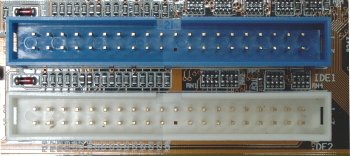
One of the earliest and most significant standards introduced into PC hardware was IDE (Integrated Drive Electronics), a standard which controls the flow of data between the processor and the hard … [Continue reading]

One of the earliest and most significant standards introduced into PC hardware was IDE (Integrated Drive Electronics), a standard which controls the flow of data between the processor and the hard … [Continue reading]
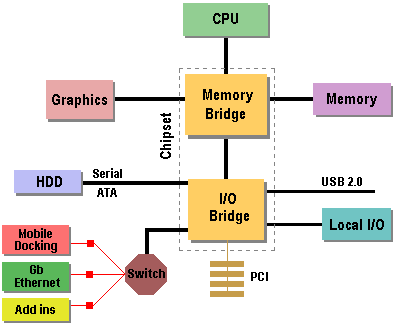
By the summer of 1999 the proponents of Future I/O and NGIO had called a truce and agreed to merge the two technologies into a new specification. Originally, this went by the working name of System I/O. However, by the end of the year it had been … [Continue reading]
PCI-X v1.0, a high performance addendum to the PCI Local Bus specification co-developed by IBM, Hewlett-Packard, and Compaq - normally competitors in the PC server market - was unanimously approved by the Peripheral … [Continue reading]
The following table summarises the various interface standards for internal host adapter cards, in use as at mid-1998: Standard Typical uses Burst DTR Outlook ISA Sound cards, modems 2 MBps to 8.33 … [Continue reading]
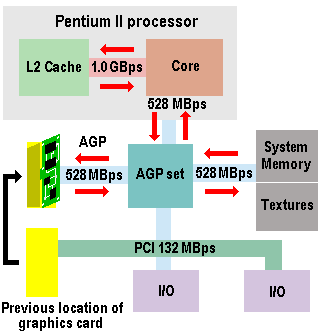
As fast and wide as the PCI bus was, there was one task that threatened to consume all its bandwidth: displaying graphics. Early in the era of the ISA bus, monitors were driven by simple Monochrome Display adapter (MDA) and Colour Graphics … [Continue reading]
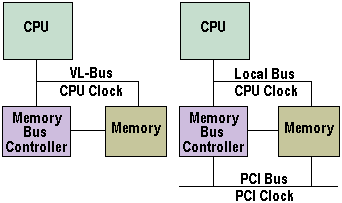
Intel's original work on the PCI standard was published as revision 1.0 and handed over to a separate organisation, the PCI SIG (Special Interest Group). The SIG produced the PCI Local Bus … [Continue reading]
Intel 80286 motherboards were capable of running expansion slots and the processor at different speeds over the same bus. However, dating from the introduction of the 386 chip in 1987, motherboards … [Continue reading]
When it appeared on the first PC the 8-bit ISA bus ran at a modest 4.77MHz - the same speed as the processor. It was improved over the years, eventually becoming the Industry Standard Architecture (EISA), developed by a consortium made up of … [Continue reading]
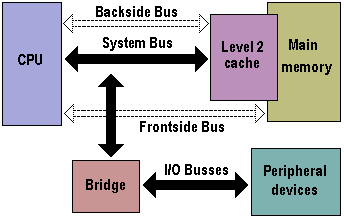
A modern-day system can be viewed as comprising just two classes of bus: a System Bus, connecting the CPU to main memory and Level 2 cache, and a number of I/O Busses, connecting various peripheral devices to the CPU - the latter being … [Continue reading]
Historically, while much more cost effective than SRAM per Megabit, traditional DRAM has always suffered speed and latency penalties making it unsuitable for some applications. Consequently, product manufacturers … [Continue reading]
If you like streaming content when overseas or want to protect your privacy while browsing the web, you may well have come across the terms Smart … [Read More...]
In late 1995 a joint university/industry/government consortium initiated the Holographic Data Storage System (HDSS) … [Read More...]
Memory chips are generally packaged into small plastic or ceramic dual inline packages (DIPs) which are themselves … [Read More...]